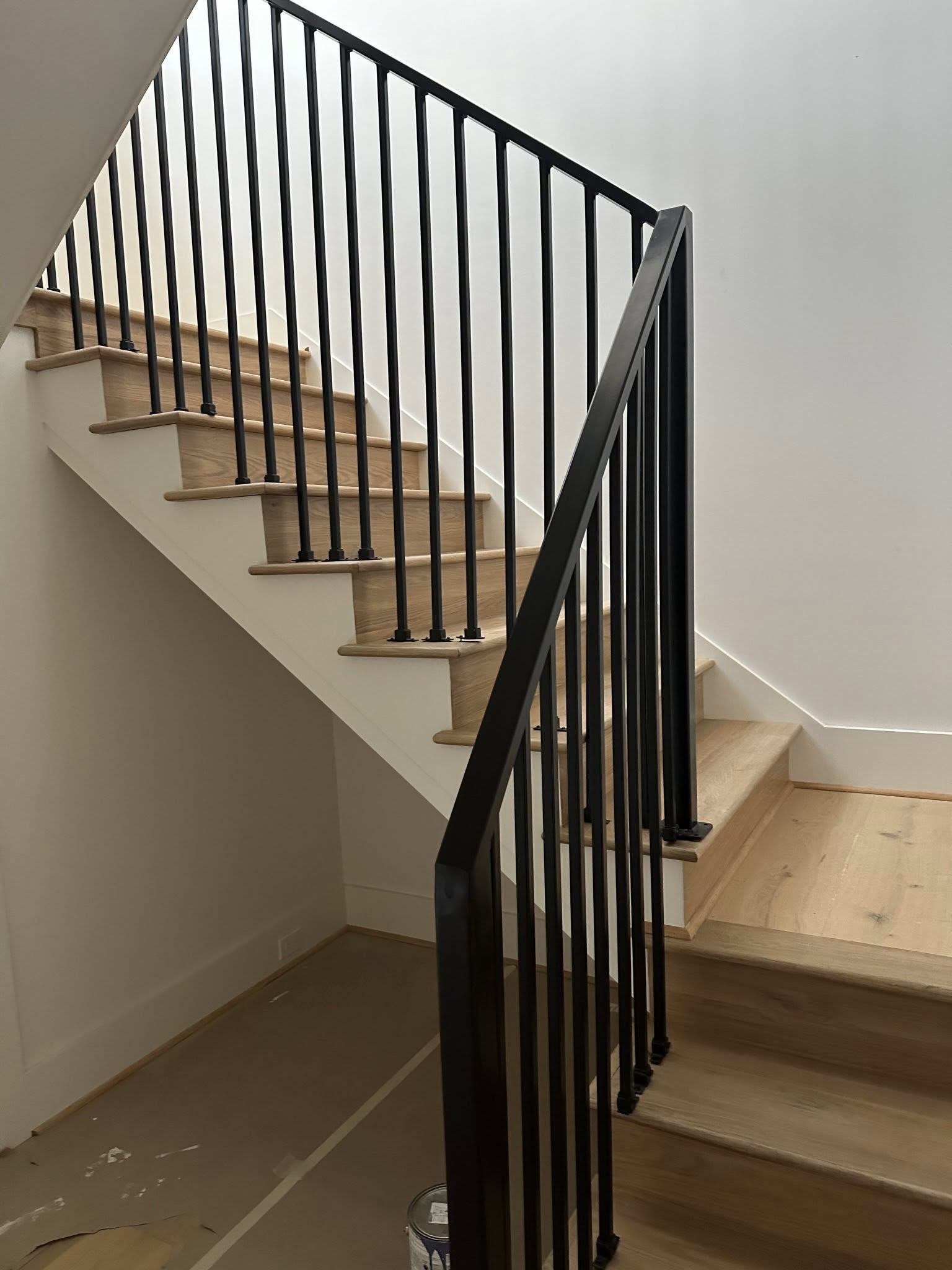
Mastering the Art of Welding: Tips from TAG's Experts Oct 26, 2025
The foundation of exceptional welding lies in understanding your materials. Different metals require different approaches. Mild steel, stainless steel, and aluminum each have their unique properties that affect how they should be welded. For instance, aluminum's thermal conductivity is much higher than that of steel, which necessitates adjusting the amperage and speed of the weld to prevent burn-through. Consulting material specifications and experimenting with sample pieces helps reduce risks during critical welds.
Safety is paramount in welding. Wearing the correct protective gear minimizes exposure to harmful elements. At TAG, we emphasize the use of quality helmets, gloves, and aprons. Ventilation in your workspace is equally essential to avoid inhaling toxic fumes. By prioritizing safety, you not only protect yourself but also ensure a focused work environment where you can execute precise welds.
Before striking an arc, proper preparation of your workspace and materials is key. Ensure that the surfaces to be welded are clean and free of contaminants like paint, rust, or oil. This reduces the likelihood of defects in your weld, such as porosity. At TAG, our welders use angle grinders and brushes to prepare surfaces. Additionally, setting up jigs or clamps can help maintain alignment and reduce material distortion as heat is applied.
Mastering welding techniques begins with learning proper machine settings and positions. Different processes, such as MIG, TIG, or Stick welding, require variations in technique and settings. For instance, adjusting wire feed speed and voltage settings can greatly affect the quality of a MIG weld. Understanding how these settings interact and affect your work is crucial for quality results. Practicing controlled, steady movements and maintaining a consistent arc length helps produce clean, strong welds.
The art of welding also lies in ongoing testing and adjusting. Regularly inspect your welds for common issues like undercuts, cracks, and incomplete fusion. At TAG, we advocate for continuous learning through small incremental changes. Adjust your technique gradually and practice often, which allows you to develop a sense of what works best under varying conditions. Don’t hesitate to seek feedback from experts to refine your skills.
Lastly, consider embracing technology. Modern welding machines feature advancements like digital controls and auto-setting options, which can enhance precision and ease of use. Learning to leverage these technologies can significantly improve the efficiency and quality of your work. At TAG Welding and Fabrication, we encourage welders to stay updated with technological trends that can aid in delivering superior results.
Improving your welding skills takes time, patience, and a commitment to continuous learning. By focusing on these core areas, you can achieve mastery over the craft of welding—producing work that is not only aesthetically pleasing but structurally sound. For any welding needs, TAG Welding and Fabrication remains dedicated to guiding and supporting you on your journey. Let our experts help you transform simple metal into art through welding excellence.
/filters:no_upscale()/filters:format(webp)/media/4a7508df-00be-478e-be73-2063b81ae268.jpeg)